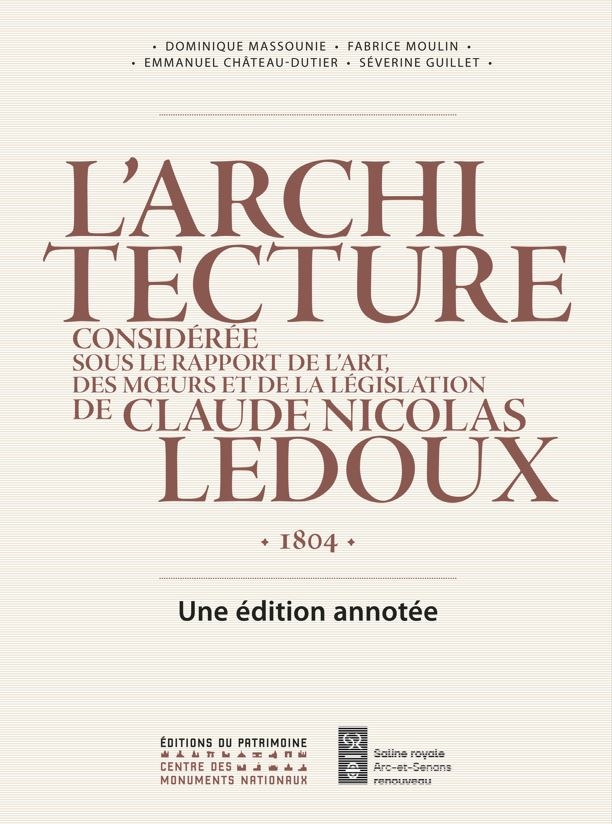Kazuo Ishiguro: Exploring Memory, Forgetting, And Imagination In His Novels

Table of Contents
The Unreliable Narrator and the Fragility of Memory
Ishiguro frequently employs unreliable narrators, characters whose memories are fragmented, incomplete, or deliberately obscured, forcing the reader to actively participate in the reconstruction of the truth. This technique highlights the inherent fragility of memory and the subjective nature of recollection. The narrative perspective is deliberately skewed, challenging the reader to question the validity of the information presented and to piece together a more complete picture. This unreliable narration is a key element in understanding Ishiguro's exploration of memory and its limitations.
- Never Let Me Go: Kathy, the narrator, recounts her life as a clone with a gradually unfolding awareness of her predetermined fate and the limitations of her own memory. Her recollections are colored by her upbringing and her attempts to make sense of her existence.
- The Remains of the Day: Stevens, a butler meticulously recounting his years of service, exhibits selective memory, repressing his emotions and personal experiences to maintain a façade of dignity and unwavering loyalty. This repression significantly impacts the reader's understanding of his past and his true feelings.
- A Pale View of Hills: Etsuko's fragmented recollections of her past, particularly the tragic events surrounding her daughter, demonstrate the impact of trauma and the ways in which memory can be selectively distorted and reconstructed over time. The gaps in her memory leave the reader to infer and interpret, actively participating in the narrative's construction.
The impact of this unreliable narration extends beyond simple plot twists; it creates a profound sense of ambiguity and invites readers to engage critically with the narrative, questioning their own perceptions of truth and memory. The subtle distortions in memory reveal the inherent subjectivity of personal experience and its influence on shaping identity.
Forgetting as a Coping Mechanism and Self-Deception
In Ishiguro's novels, forgetting often serves as a crucial coping mechanism for characters grappling with traumatic experiences or difficult truths. The characters actively suppress or repress painful memories, leading to self-deception and a distorted understanding of their own pasts. This conscious or unconscious act of forgetting highlights the psychological toll of trauma and the complex ways humans manage painful realities.
- The Remains of the Day: Stevens' meticulous adherence to duty involves the complete suppression of his emotions, particularly his feelings for Miss Kenton. This repression, a form of forgetting, allows him to maintain a sense of dignity and purpose within his rigidly defined role, but at a significant personal cost.
- When We Were Orphans: Christopher Banks' investigation into his parents' disappearance is intertwined with his own self-imposed amnesia concerning the events surrounding their disappearance. His forgetting is a form of self-protection, albeit one that hinders his ability to understand his own identity.
Repressed memories and the psychological trauma associated with them are central to understanding these characters' motivations and actions. The act of forgetting, presented not as a simple lapse in memory but as an active and deliberate process, becomes a powerful symbol of the human capacity for both self-preservation and self-destruction. The self-deception inherent in this forgetting further complicates the reader’s understanding of the characters’ journeys.
The Power of Imagination in Reconstructing the Past
Ishiguro masterfully utilizes imagination as a means for his characters to fill in the gaps in their memories, constructing alternative narratives and attempting to make sense of their pasts. This creative memory shapes their identities and influences their present lives. The interplay between factual memory and imagined memory forms a complex and deeply human portrayal of recollection and self-understanding.
- Never Let Me Go: Kathy, Tommy, and Ruth construct an imagined past, fueled by rumors and speculation, to make sense of their existence and their limited future. Their shared fantasy of deferral highlights the limitations of their reality and their inherent desire for hope.
- The Buried Giant: Athelstan and his wife's conflicting memories of the past are intertwined with the magical mists obscuring the truth. The act of remembering is a collaborative imaginative act, shaping their understanding of their own relationship and their roles in a world ravaged by war.
Imagined memories, memory reconstruction, and narrative construction are all crucial elements in Ishiguro’s work. The characters' capacity for creative memory highlights their resilience and their persistent attempts to forge meaning in the face of uncertainty.
The Interplay of Past, Present, and Future in Ishiguro's Novels
The temporal narrative in Ishiguro's novels is a complex interplay between past experiences, present realities, and uncertain futures. The weight of the past consistently shapes the characters' present actions and their perceptions of the future. This interplay forms the emotional core of his narratives, creating a profound sense of longing and regret.
- Never Let Me Go: The clones' awareness of their predetermined fate—their short lives and their role as organ donors—casts a long shadow over their present actions and their attempts to shape their limited future. The past (their predetermined fate) dictates the future (their inevitable death), leaving them to grapple with their limited agency in the present.
- The Remains of the Day: Stevens' retrospective narrative highlights the impact of his past service on his present loneliness and his uncertain future. His reflection on his choices and regrets emphasizes the lasting influence of past actions and the difficulty of escaping the weight of the past.
This exploration of past trauma, future uncertainty, and existential themes are core elements of Ishiguro’s stylistic approach. The complex temporal narrative structure deepens the emotional impact of the novels, leaving the reader to ponder the multifaceted nature of time and memory.
Conclusion: A Deeper Dive into Kazuo Ishiguro's Masterful Exploration of Memory
Kazuo Ishiguro's novels are a testament to the power of memory, forgetting, and imagination in shaping human identity. Through the use of unreliable narrators, the exploration of forgetting as a coping mechanism, and the portrayal of imagination in reconstructing the past, Ishiguro masterfully reveals the complexities of human experience and the enduring impact of the past on the present and future. The interplay between these elements creates a profound and lasting impact on the reader, prompting reflection on the subjective nature of memory and its influence on shaping our understanding of ourselves and the world around us.
Delve deeper into the rich tapestry of memory and imagination woven throughout Kazuo Ishiguro’s novels. Which aspects of memory and forgetting resonated most with you? Share your thoughts in the comments below!

Featured Posts
-
 Mia Farrows Career Revival Is Ronan Farrow The Key
May 25, 2025
Mia Farrows Career Revival Is Ronan Farrow The Key
May 25, 2025 -
 Nemecke Firmy A Masivne Prepustanie Analyza H Nonline Sk
May 25, 2025
Nemecke Firmy A Masivne Prepustanie Analyza H Nonline Sk
May 25, 2025 -
 Zhengs Victory Sends Her To Rome Last 16
May 25, 2025
Zhengs Victory Sends Her To Rome Last 16
May 25, 2025 -
 Key Price Levels To Watch In Apple Stock Aapl Trading
May 25, 2025
Key Price Levels To Watch In Apple Stock Aapl Trading
May 25, 2025 -
 French Open 2024 Alex Ealas Path To Success
May 25, 2025
French Open 2024 Alex Ealas Path To Success
May 25, 2025
Latest Posts
-
 5 Delicious Shrimp Destinations In The Hudson Valley
May 26, 2025
5 Delicious Shrimp Destinations In The Hudson Valley
May 26, 2025 -
 Escape The Everyday Rehoboth Beach Relaxation
May 26, 2025
Escape The Everyday Rehoboth Beach Relaxation
May 26, 2025 -
 Post Biden America A Delaware Governors Stand Against The Rise Of Fascism
May 26, 2025
Post Biden America A Delaware Governors Stand Against The Rise Of Fascism
May 26, 2025 -
 Hudson Valleys 5 Top Rated Shrimp Restaurants
May 26, 2025
Hudson Valleys 5 Top Rated Shrimp Restaurants
May 26, 2025 -
 Comparaison Le Pen Ramadan Par Enthoven Analyse De La Morale Publique Et Des M Urs
May 26, 2025
Comparaison Le Pen Ramadan Par Enthoven Analyse De La Morale Publique Et Des M Urs
May 26, 2025
